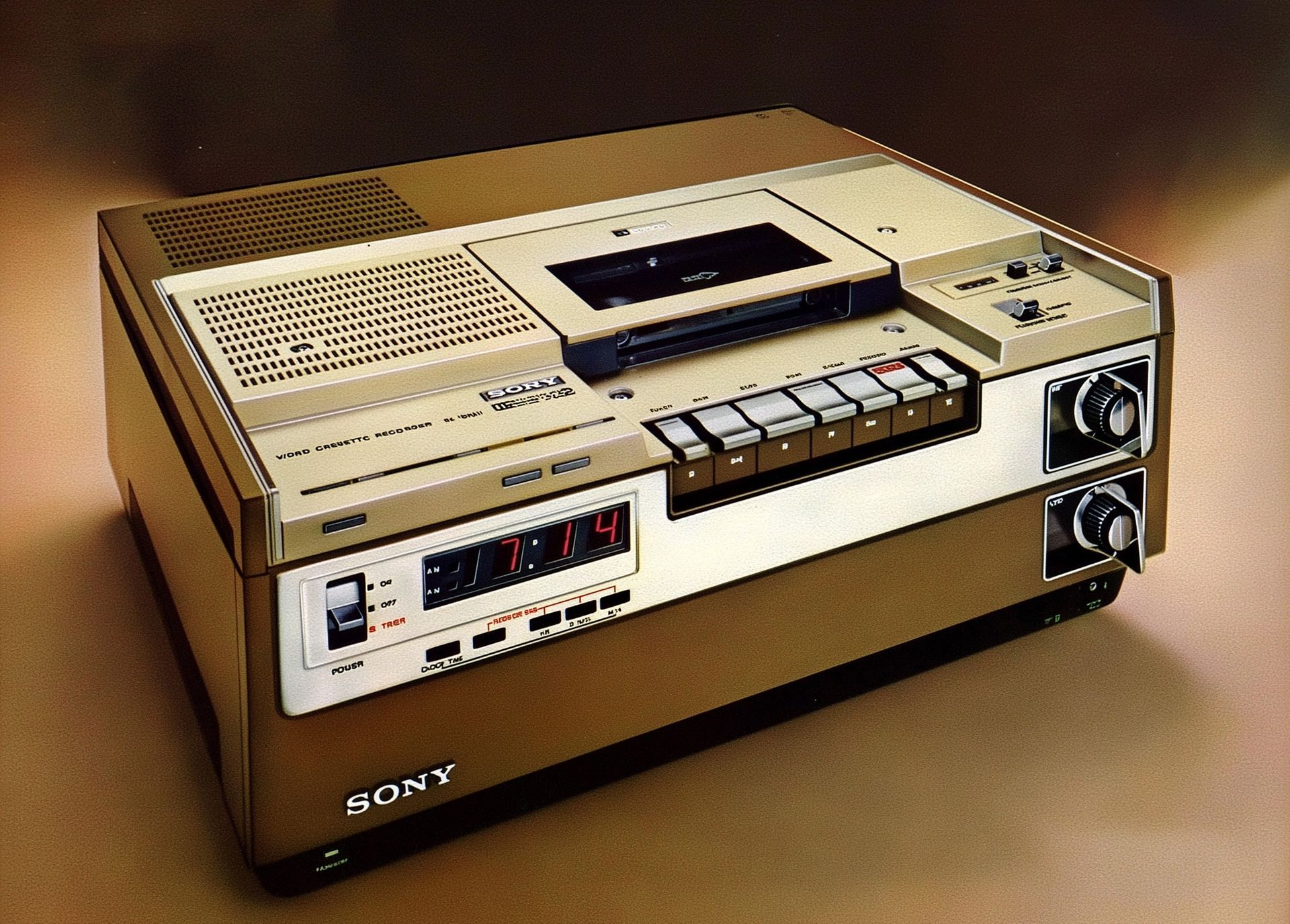Crafting a Powerful Brand Messaging Framework: A Guide for B2B Tech Companies
In the world of B2B technology, where innovation and competition thrive, the right brand messaging can be the differentiator that sets your company apart. A well-crafted brand messaging framework not only resonates with your target audience but also conveys your unique value proposition clearly and effectively. In this blog, we'll delve into the components of a brand messaging framework, explore the three essential C's of brand messaging, discuss the process of creating one, and highlight the key characteristics that make brand messaging impactful.
What Should Be Included in a Messaging Framework?
A brand messaging framework is a structured approach to communicating your company's identity, values, and offerings. It ensures that every piece of content, from your website to your social media posts, aligns with your brand's core message. Your messaging framework should include:
1. Core Value Proposition: Define what makes your B2B tech company stand out. Identify the unique value you bring to the table and how it addresses your customers' pain points. At Speak!, we recommend crafting what we call a Master Message — your go-to message for articulating what you do and why it matters.
2. Target Audience: Clearly define your ideal customer personas. Understanding their challenges, needs, and preferences will help you tailor your messaging to resonate with them.
3. Brand Voice and Tone: Decide on the tone of your communication. Are you formal or casual? Approachable or authoritative? Your brand's voice should be consistent across all interactions.
4. Key Messages: Develop a set of key messages that encapsulate your value proposition and benefits. These messages should be clear, concise, and easy to remember.
5. Proof Points: Back up your claims with evidence. Use case studies, testimonials, and data to demonstrate how your solutions have helped clients overcome challenges.
6. Differentiators: Highlight what sets you apart from competitors. Whether it's innovative technology, exceptional customer support, or a unique approach, emphasize what makes you unique.
7. Call to Action (CTA): Every piece of content should guide your audience toward the next step. Whether it's contacting your sales team or downloading a resource, make your CTAs compelling.
The 3 C's of Brand Messaging
In the B2B tech landscape, where complexity is the norm, brand messaging should be clear, concise, and compelling – the three C's that capture your audience's attention and convey your message effectively.
1. Clear: Your messaging should be crystal clear. Avoid jargon and technical terms that might confuse your audience. Use language that anyone, regardless of their familiarity with the industry, can understand.
2. Concise: In a world where attention spans are shorter than ever, brevity is crucial. Craft messages that are succinct yet impactful. Get to the point and highlight the most important information.
3. Compelling: Your brand messaging should be compelling enough to engage your audience emotionally. Share stories, statistics, or examples that evoke a response and resonate with their pain points and aspirations.
Creating a Brand Messaging Framework
Building a brand messaging framework for your B2B tech company requires a thoughtful approach. Here's a step-by-step guide to help you get started:
1. Research: Understand your industry, target audience, and competitors. Identify the gaps in the market and the pain points your solutions address. This often involves interviewing key stakeholders representing a cross-section of your business (sales, leadership, marketing, HR, product development, etc.). It is often best conducted by brand strategists who bring an outside perspective and who aren't afraid to ask tough questions.
2. Define Your Value Proposition: What problem does your technology solve? How does it provide value? Clearly articulate your unique selling points.
3. Develop Key Messages: Craft messages that succinctly convey your value proposition, benefits, and differentiators. These messages will serve as the foundation of your communication.
4. Create Buyer Personas: Segment your audience into distinct personas based on their roles, challenges, and goals. This helps tailor your messaging to specific needs.
5. Craft Proof Points: Gather case studies, success stories, and data that support your key messages. Tangible evidence builds trust and credibility.
6. Establish Brand Voice: Decide on a consistent tone and style for your messaging. Whether it's friendly and approachable or professional and authoritative, stick to it.
7. Test and Refine: Continuously test your messaging across different platforms and channels. Solicit feedback from your team and customers, and refine your framework as needed.
Characteristics of Impactful Brand Messaging
A compelling brand messaging framework possesses several key characteristics that contribute to its effectiveness:
1. Consistency: All your messaging, from blog posts to sales pitches, should align seamlessly with your brand's core values and identity.
2. Relevance: Your messaging should resonate with your target audience's pain points, needs, and aspirations.
3. Authenticity: Be genuine in your communication. Authentic messaging builds trust and fosters stronger connections.
4. Emotional Appeal: Engage emotions through storytelling. Connect with your audience on a personal level to create lasting impressions.
5. Adaptability: Your messaging should be adaptable to various platforms and mediums while maintaining its core essence.
6. Evolution: As your company and industry evolve, your messaging should evolve too. Stay agile and update your framework to stay relevant.
In the fast-paced world of B2B technology, a well-crafted brand messaging framework serves as a guiding light for your communication efforts. By incorporating the essential components, focusing on the three C's, following a systematic approach, and imbuing your messaging with impactful characteristics, you can create a strong brand identity that resonates with your audience and propels your B2B tech company to success. So, are you ready to start crafting a messaging framework that stands out in the digital realm? The time is now.
Remember, effective brand messaging is an ongoing journey, so embrace experimentation, feedback, and evolution to ensure your messaging framework remains relevant and impactful.




